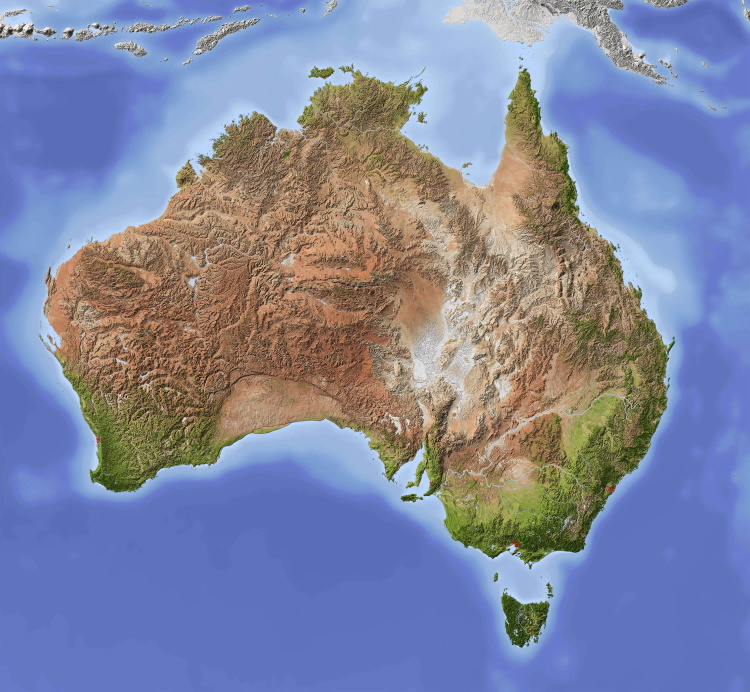Broader adoption of keeping cats safe at home would have large benefits for cat welfare, human health, local wildlife and even the economy. So, should cat owners be required to keep their pets contained to their property?
The answer to the question is obviously “yes”.



That’s because it is cruel.
Large numbers always seem terrifying, because our human minds are not made for them. The only way to comprehend them is to compare them to other things - in this case all the ways we humans cause damage to the environment directly. Our suburbs are ecological dead zones already. There is just not much space left between asphalt roads, driveways, and neatly trimmed lawn. It’s definitely the cat that goes outside for one hour a day who is the problem. Right next to plastic straws.
The real frustrating thing about all this that the companies that exploit our planet to core keep doing their shit (Noooo you cant work from home for your office job, you MUST commute to the city daily, because reasons!) while we fight with our neighbors about things that don’t really matter in the grand scheme of things.
Cars definitely kill wildlife too - estimation methodologies vary, but I’ve seen estimates saying:
Of course, habit destruction and pollution has a huge impact as well.
But roaming pet cats legitimately are a major part of the problem. It is possible to simultaneously replace lawns with tree cover, and reduce the burden of cats. That could also feed into a comprehensive policy of tackling stray and feral cat populations - something which is made harder in suburbs due to roaming pet cats.
As for whether it is cruel: change is a stressor for cats, so a sudden change from outdoor access to indoor-only could increase stress levels, but that is a one-off transition and there could be ways to manage that (for example, by providing a lot of notice of a change and allowing owners to phase out access, or by having a permit system for indoor and outdoor cats, and allowing renewal of existing permits for specific microchipped cats, but no new outdoor cat permits). Outdoor access / hunting outdoors is a form of enrichment for cats, but not the only one possible. Indoor cats can play with toys, and have owners simulate chasing and hunting activities indoors (for example, with ribbons, small balls, chasing cat treats, and so on) to provide similar enrichment. At the same time, the indoors protect cats from stressful situations like encountering or being mauled by dogs, aggressive cats, foxes, brushtail possums, injuries on the roads, and disease.
Then why add cats to the pressure the local fauna are feeling?
Let’s take what you’re saying about dead zones as true. Somehow birds still come by to visit local bird feeders etc, in spite of how much negative pressure we Hunan’s are causing. Add a well-fed apex predator into the mix, far from its native homelands in Egypt. How is that fair to local flora and fauna?